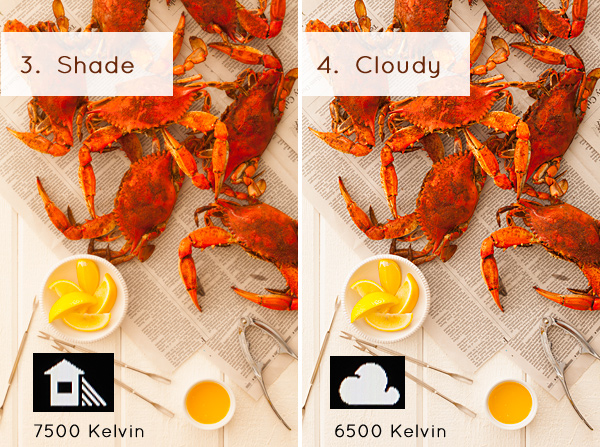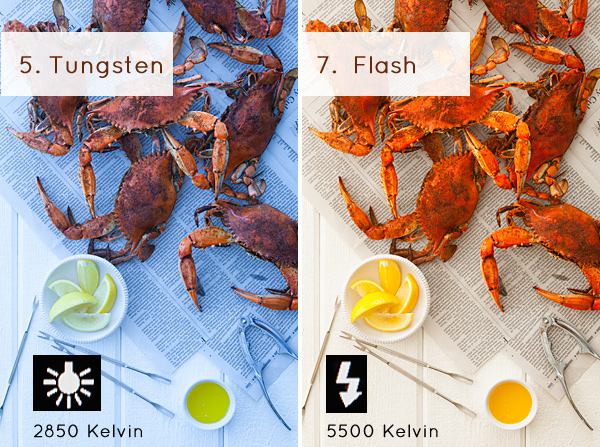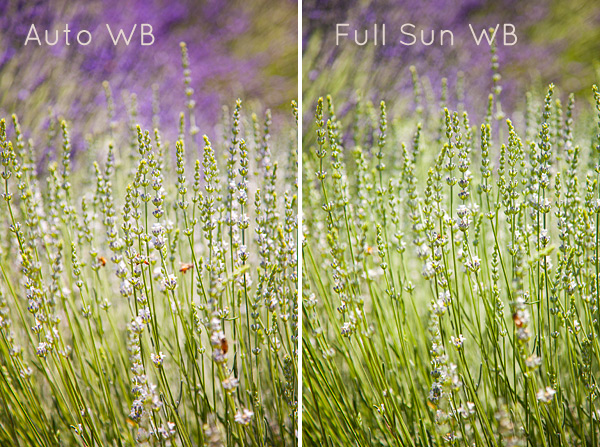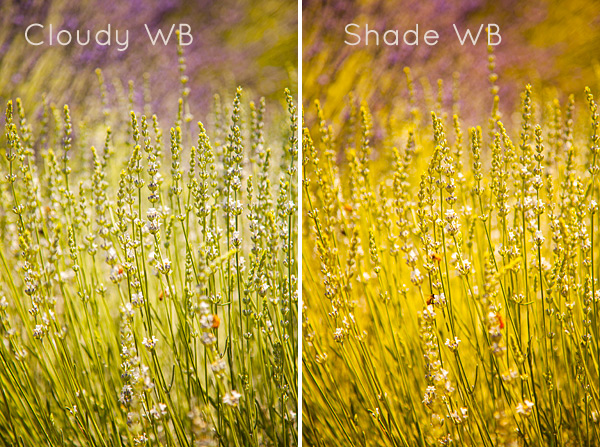Trying to make something interesting about a fence
Learning and experimenting with starbursts
I don't usually take landscape photos, but I like the composition so and maybe I'll take more.
Artistree Camera Club
The shared site for members of the Camera Club at Artistree in Woodstock, Vermont.
Sunday, May 31, 2015
Thursday, May 28, 2015
Shadow & Composition
I purposely made this photo much darker than usual, trying to embrace the shadows of indoor portraits. I like it, and think the composition is interesting. Too dark?
Wednesday, May 27, 2015
Becky's Photo Walk Images
Here are my photos from Quechee Marshland Farm and Stronghouse Spa the other day. These were my two favorite dandelion shots (taken with my 50mm lens, with my aperture around 2.0).
The same flower, two totally different photos.
These ones were the "free-lensing" ones, with a slow shutter speed (around 1/15 sec) to try to capture some motion and the free lens to play with light and focus. I think I like the second and fifth ones best. It was hard to choose!
Tuesday, May 26, 2015
Monday, May 25, 2015
Marcia - Barn Board with plants
This is another picture from Open Studio weekend. It's a pretty simple shot, but I liked the barn board.
ISO 400 f/5.6 at 1/100
Marcia - Blue Vase with Backlight
This was Open Studio Weekend for crafters & artists all around Vermont. I visited a few studios fairly close to home on Sunday. I was drawn to this blue vase of lilacs on a windowsill in one of the studios. I knew that I would have to think about backlight and depth of field. I didn't get quite what I had hoped for, but I think I did learn a few things in the process.
Blue Vase 1: ISO 200 f/5.6 at 1/200
This was quite dark and I had to lighten it in post production
Blue Vase 2: ISO 200 f/5.6 at 1/125
Blue Vase 3: ISO 400 f/5.6 at 1/60
Blue Vase 4: ISO 400 f/5.6 at 1/100
Some observations: Looking back on these, I do not know why they were all shot at f/5.6. I wish I had tried something else. I think it would have been better if the vase had been at eye level rather than looking down on it. I still need to figure out how to get my camera to do manual focus. And it was only in looking at these photos later that I realized the reflection of the blue vase on the glass tabletop was very interesting, and I wish I had included it in more of the shots. So these are some things for me to keep in mind for next time.
Thursday, May 14, 2015
No Camera Club Summer Session
I went into the Artistree office today to discuss if the Camera Club will be running this summer. I noticed it wasn't printed in the flyer and isn't on the website. Basically, due to the high number of classes (including some of my own), there isn't space for the Camera Club to run this summer, and when I looked at the calendar of my classes which are running, I realize there probably wouldn't have been time.
BUT...what I can offer you is to continue using this space for your images and we can continue to give feedback and constructive criticism over the summer in an informal way. We could get together for photo walks if anyone is interested (organized via email), even getting together during special events like the Balloon Festival in Quechee for photos.
You can also sign up for either of my classes running this summer:
DSLR Camera Basics is running July 7th and 14th in the evenings. It's an intensive look at finding the bells and whistles on your camera and how those dials impact your images.
There is also Taking Better Photographs on July 28th and August 4th, which is the next step in photographic progression: once you know how to use your camera, how do you take a quality photo? It focuses on many of the ideas we discuss monthly as a group.
There are many other photography classes running this summer at Artistree, which you can find here. I'm disappointed we won't be meeting formally this summer, but we will pick it up again in the fall! Consider this your summer vacation to hone your skills and come back with so much to share in September!
Don't forget our photo walk at the Quechee Marshland Farm on Tuesday May 26th at 6 pm! Looking forward to seeing you then!
Tuesday, May 12, 2015
Marcia - Sunsets (Light)
Couldn't resist taking a few sunset photos on the way home tonight.
Sunset 1: ISO 400 f/11 at 1/50
Sunset 2: ISO 400 f/11 at 1/80
Sunset 3: ISO 400 f/11 at 1/60
Understanding White Balance
Helen asked me to give an explanation of White Balance and how to best master it. Since I shoot in RAW, I usually take the easy route and put my White Balance on Auto and then tweak it in Lightroom. Shooting in RAW gives me the ability to make minute changes in my photos' tint and temperature. However, sometimes I still don't feel like my photos are just right, especially in tricky lighting situations like this one below:
The backlighting made the photo hazy and low contrast, which is good, but the yellow cast to the light was really difficult for me to handle! I labored over this for literally hours! I think using a custom white balance may have served me better in the long run!
The photos and information below came from Digital Photography School here:
The White Balance setting is used to tell the camera what type of lighting you are using for your shot, or in what type of scenario you are shooting. White Balance, also known as color temperature, is measured in degrees Kelvin. The main reason White Balance is so hard to grasp is because our eyes are so good at filtering light, and our eyes make everything look “normal” under almost any lighting condition. We don’t see the blue or yellow sunlight. It just looks like white light. As you learn more about light and its color temperature, you will start to actually see these slight differences throughout the day.
- Auto White Balance (AWB) – the camera will analyze the light in the scene that you are shooting, and pick a setting for you. Depending on your camera it will be set anywhere between 2,000 and 10,000 degrees Kelvin.
- Full Sun – this is for a bright sunny day, hardly any clouds, with a blue sky, and you are shooting in direct sunlight. Degrees Kelvin will be in the 5000-5500 range.

- Open Shade – the icon is showing a house with shade on the right side. This setting is for when you are taking a picture in the shade, no direct sun, and the sky is blue. This blue sky is actually color contaminating your shot. This setting will “warm” up your shot to counteract the blue light that is coming into your scene. Degrees Kelvin will be 7000-7500.
- Cloudy Day – this setting is for when you are shooting on a day when the sky is white with cloud coverage – no blue sky is coming through, the light is very neutral so you don’t need to counteract any blue light contamination. Degrees Kelvin will be 6000-6500.

- Tungsten Light – this is your standard household light bulb, or studio hot lights. Degrees Kelvin will be 2800-3200.
- Fluorescent – this type of light is generally found in commercial spaces. It has a wild array of different colors and temperatures, and some cameras will have multiple choices in this category. Fluorsescent light also makes images look very green so this setting counteracts that by adding a magenta (pinkish) color to balance the shot. Degrees Kelvin is around 3400-3800 – please note – I did not take a shot with the Fluorescent setting because it would just be flaming magenta.
- Flash or Strobe Light – this type of light is emulating daylight so usually this setting is the same as full sun and sets the camera to 5000-5500 degrees. If you have a pop-up flash, your camera might change to this setting automatically.

- Custom White Balance – this option is for creating a custom setting for your scene by photographing a white card (or a grey card), having the camera analyze the light on that card, and then setting your camera to this new custom color temperature number.
- Manually Set Degrees Kelvin – this setting is for the shooter who fully understands WB and wants to manually control the color temperature in camera.
Photo taken in full sun with some clouds:


This example and explanation is from Clickin Moms, found here, which gives a more complete explanation regarding customizing your white balance before you shoot.
And lastly, here is a video from Digital Photography School (if you so choose to view it) walking you through how to set a custom white balance.
Let's see if we can figure it out for ourselves!
Monday, May 11, 2015
Photos using light and green
with my new camera...through a window
New camera, learning how to use it. I like the light.
I took lots of leaf photos, maybe 100, trying to get something green
Subscribe to:
Posts (Atom)

































